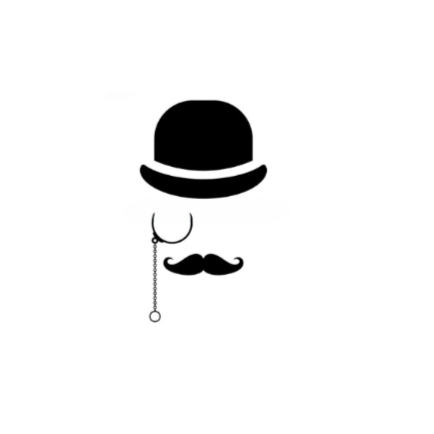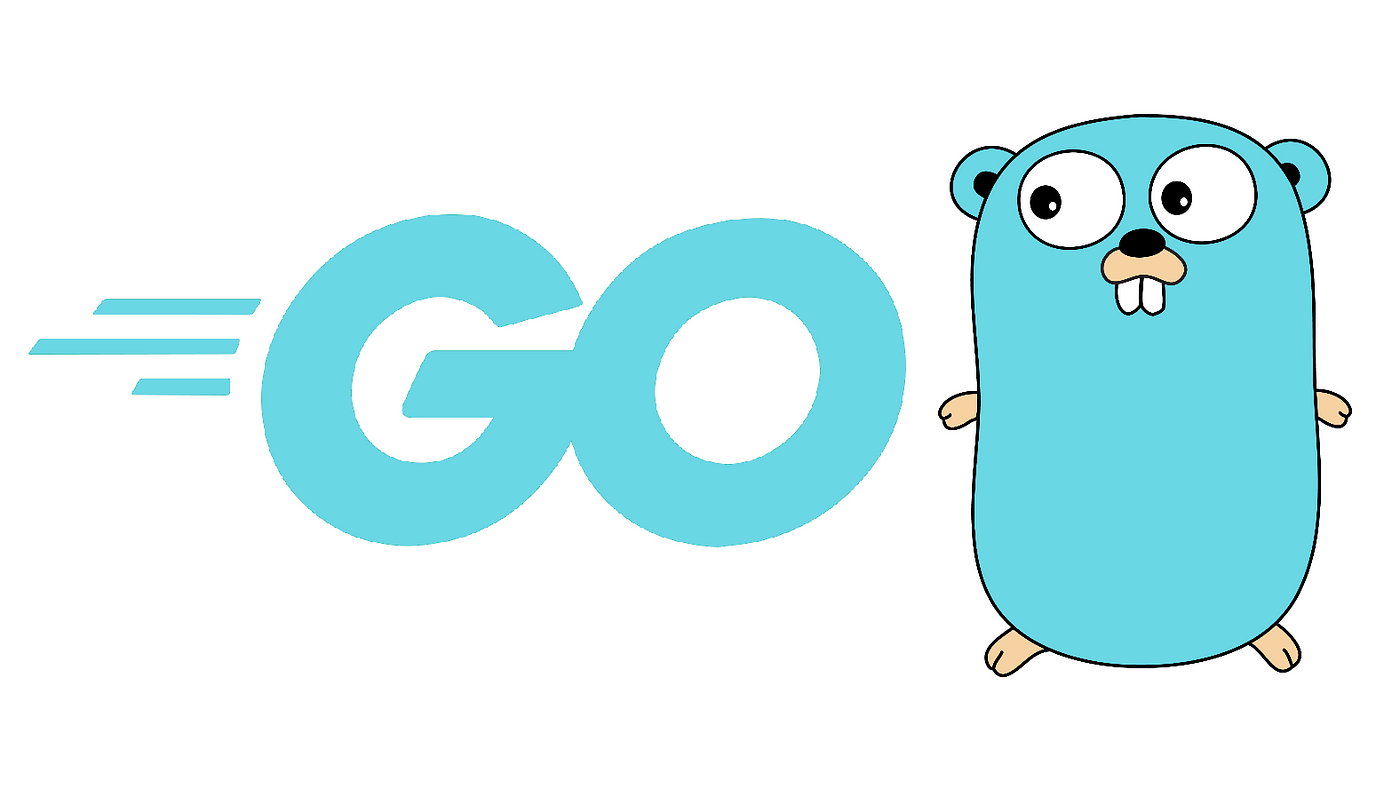初学go语言,对channel、并发感觉不太好理解。希望高人指点下。
下面的代码是我看到一本书上的,就是讲解channel的。
package main
import (
"fmt"
"math/rand"
)
func test(ch chan int, i int) {
ch <- rand.Int()
fmt.Println(i, "go...")
}
func main() {
chs := make([]chan int, 10)
for i := 0; i < 10; i++ {
chs[i] = make(chan int)
go test(chs[i], i)
}
for _, ch := range chs {
value := <-ch
fmt.Println(value)
}
var i int
fmt.Scan(&i)
fmt.Println("done")
} 这个程序的输出是
0 go...
134020434
1597969999
1721070109
2068675587
1237770961
220031192
2031484958
583324308
958990240
413002649
1 go...
2 go...
3 go...
4 go...
5 go...
6 go...
7 go...
8 go...
9 go... 我的疑惑是,为什么第一个打印出来的是0 go...?
我想来想去还觉得应该是先输出随机数,然后才输出0 go..., 1 go..., 2 go..., .........呀。
如果先打印了0 go...,那么后面的1 go...,2 go...不是也应该和随机数间隔打印出来吗?











